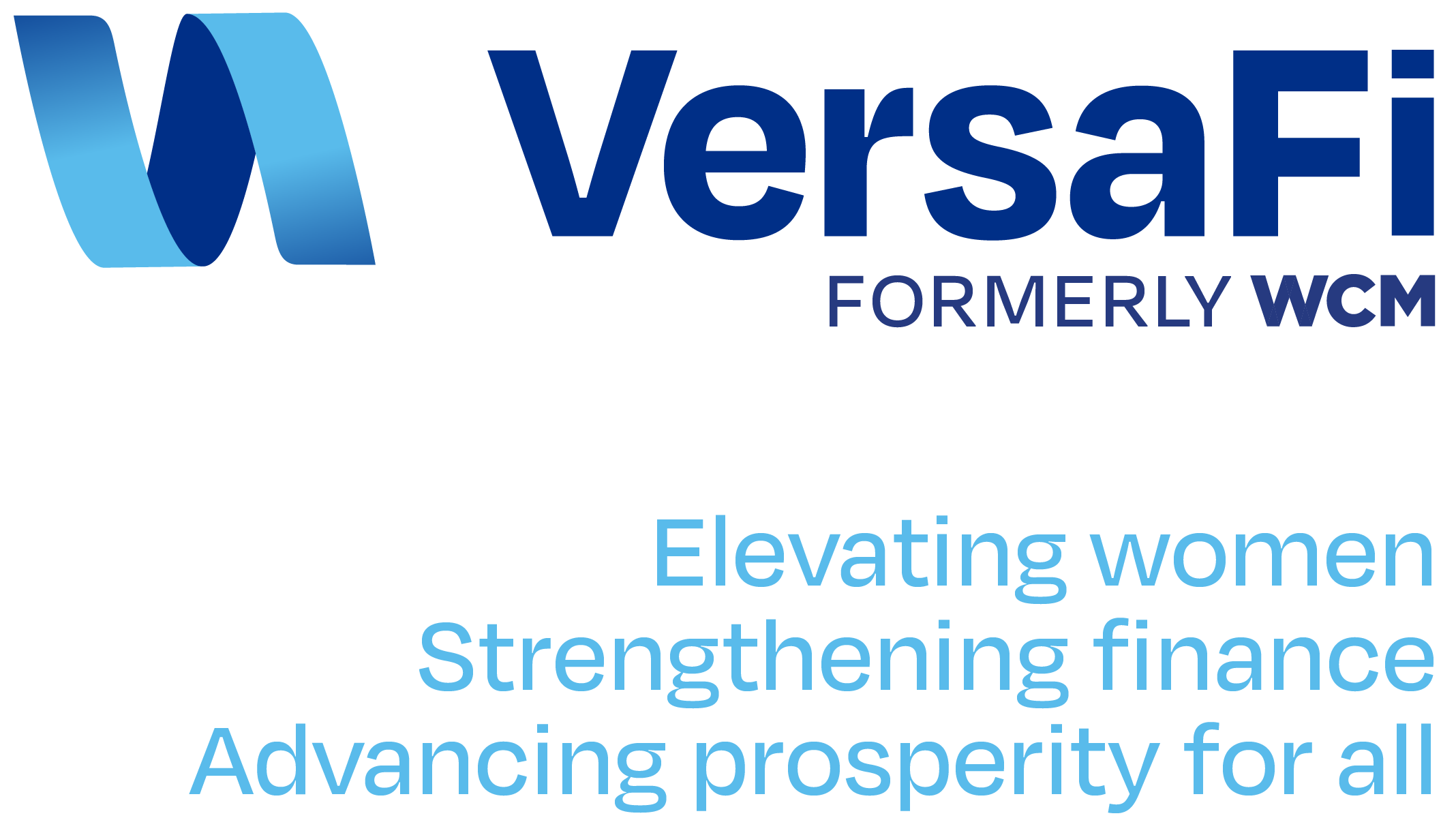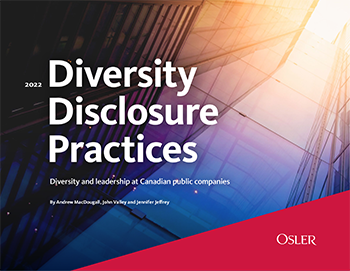Advancing Allyship in Finance Report & Toolkit
Allies are crucial for turning inclusive workplace goals into concrete strategies that promote respect and gender inclusion throughout an organization. Strong ally networks enable organizations to implement measurable changes like comprehensive parental leave, bystander intervention training, and flexible work arrangements. These initiatives demonstrate allyship in action, addressing workplace culture and change management challenges while improving clarity and collaboration. Prioritizing allyship helps organizations build truly inclusive, effective, and future-ready workplaces.
This toolkit offers practical evidence-based strategies for building inclusive workplaces through allyship. The actions and strategies outlined in each section are based on best practices and are bolstered by the findings of a two-year longitudinal study that documents behavioural changes among 77 male middle and senior-level managers in the Canadian finance industry.
This project was funded by the Government of Canada’s Workplace opportunities: Removing barriers to equity (WORBE) program.












